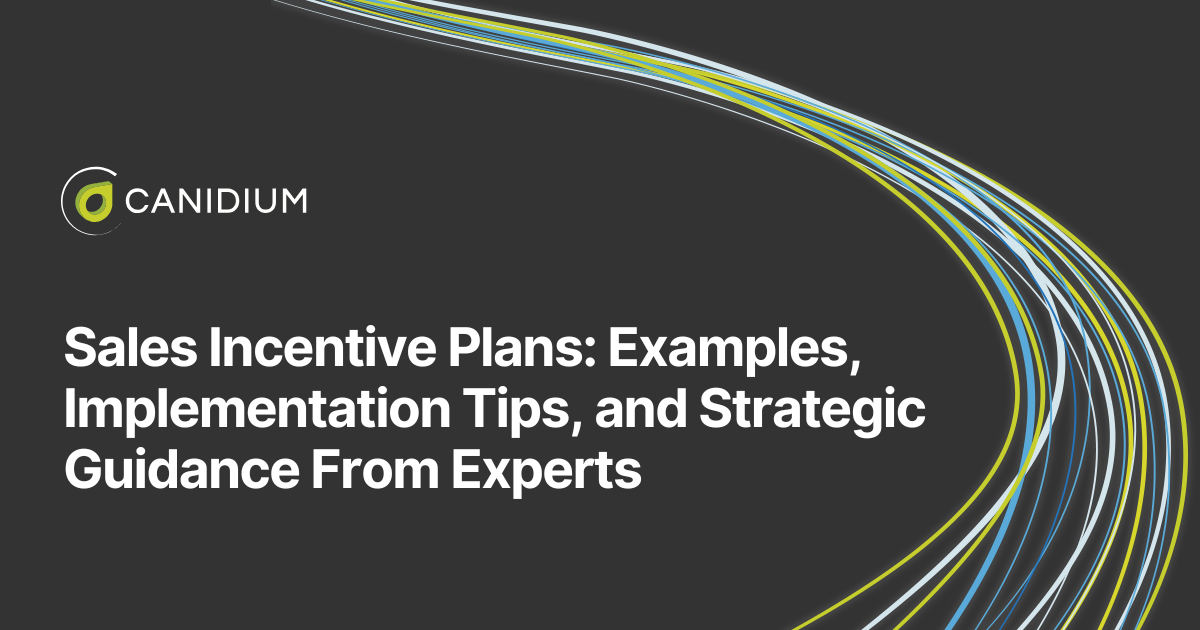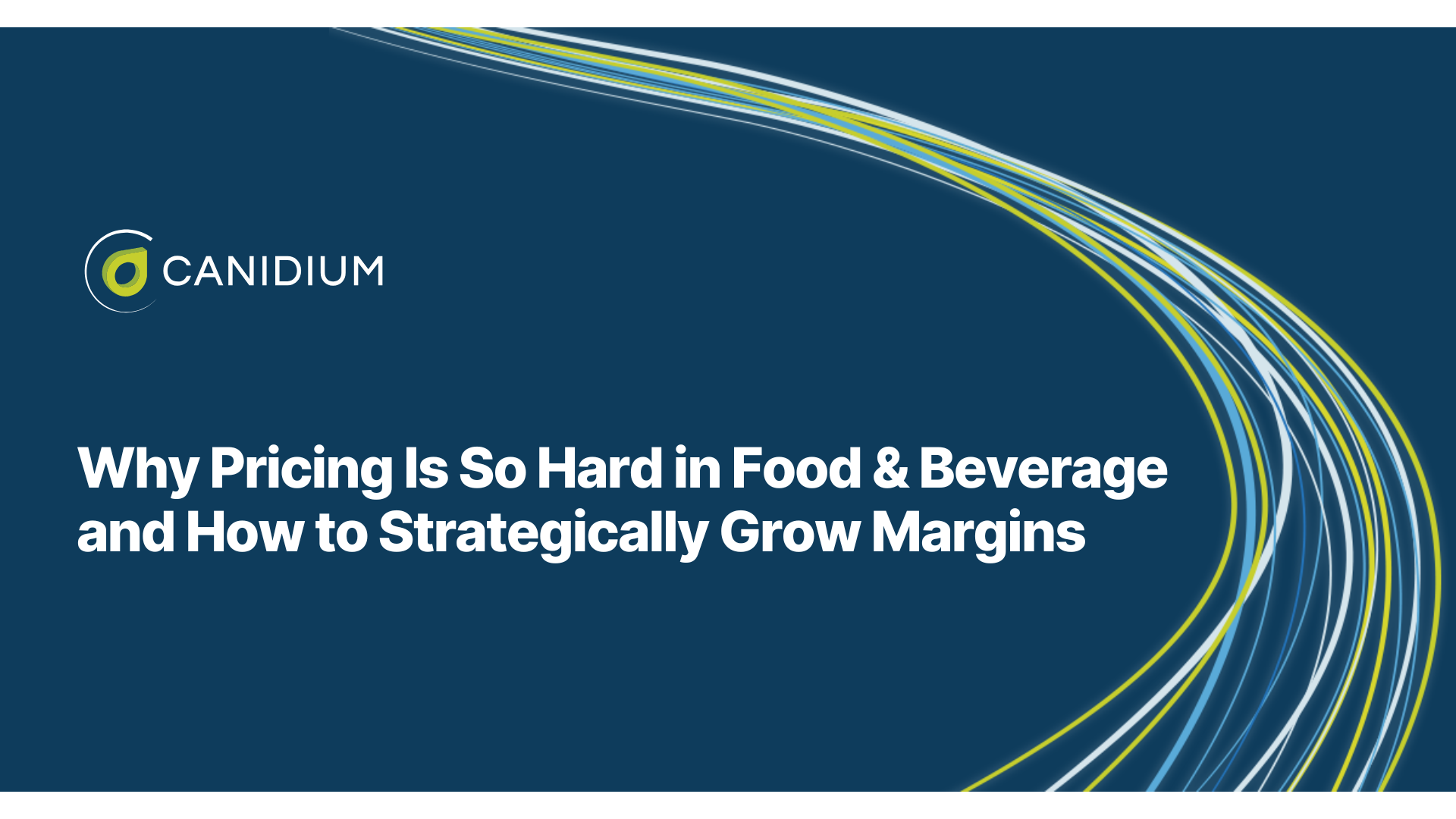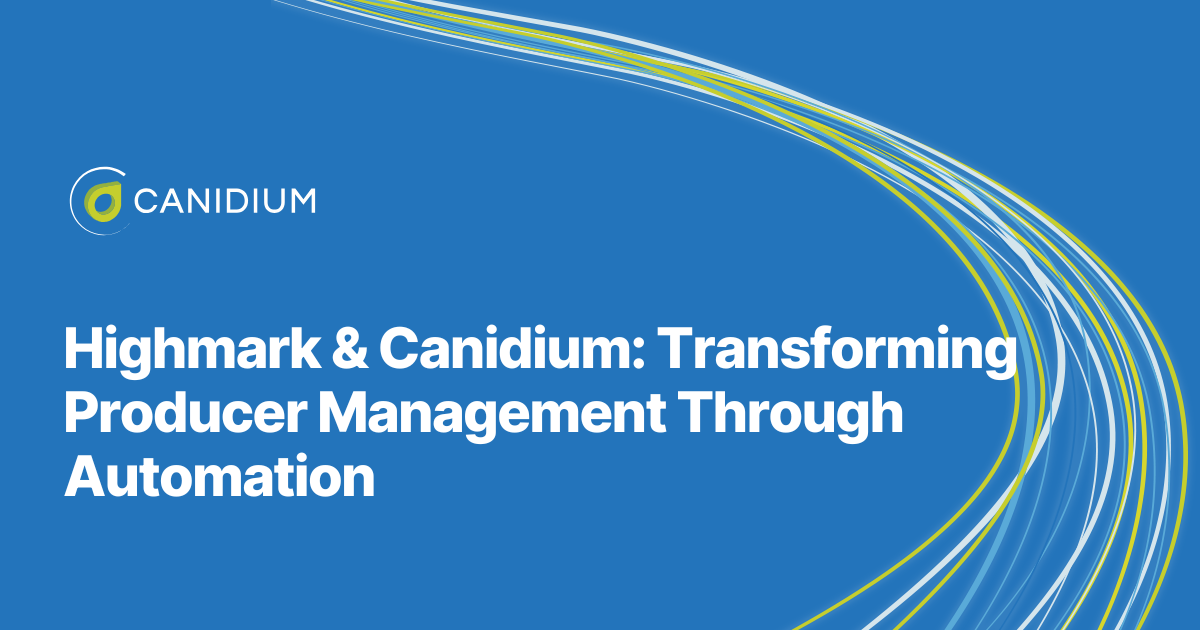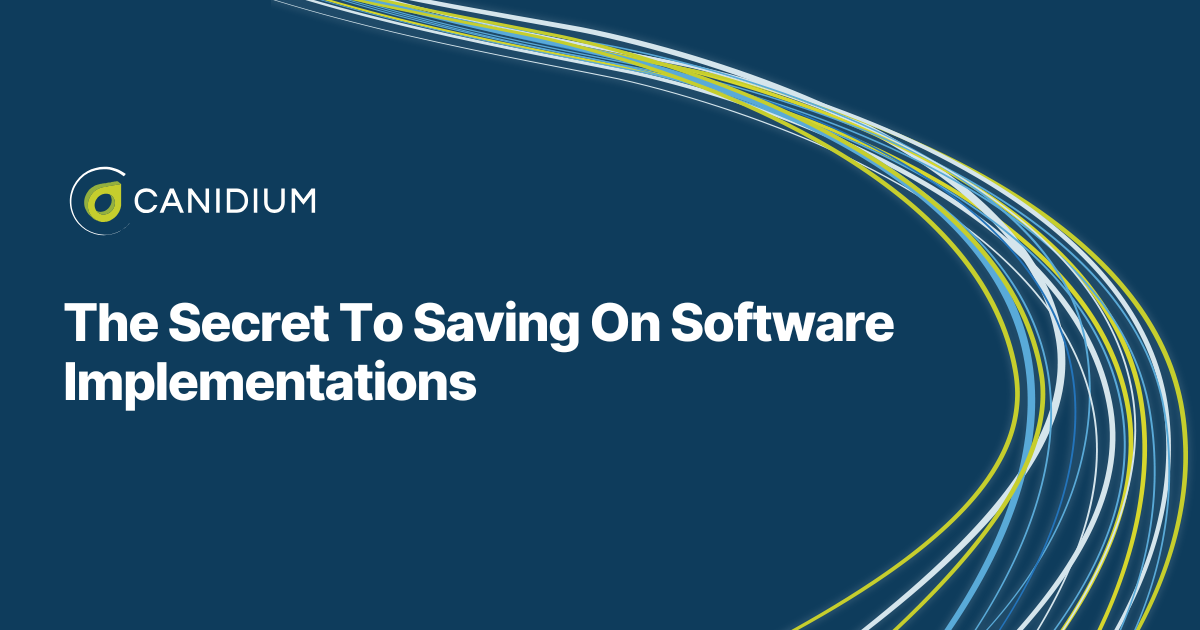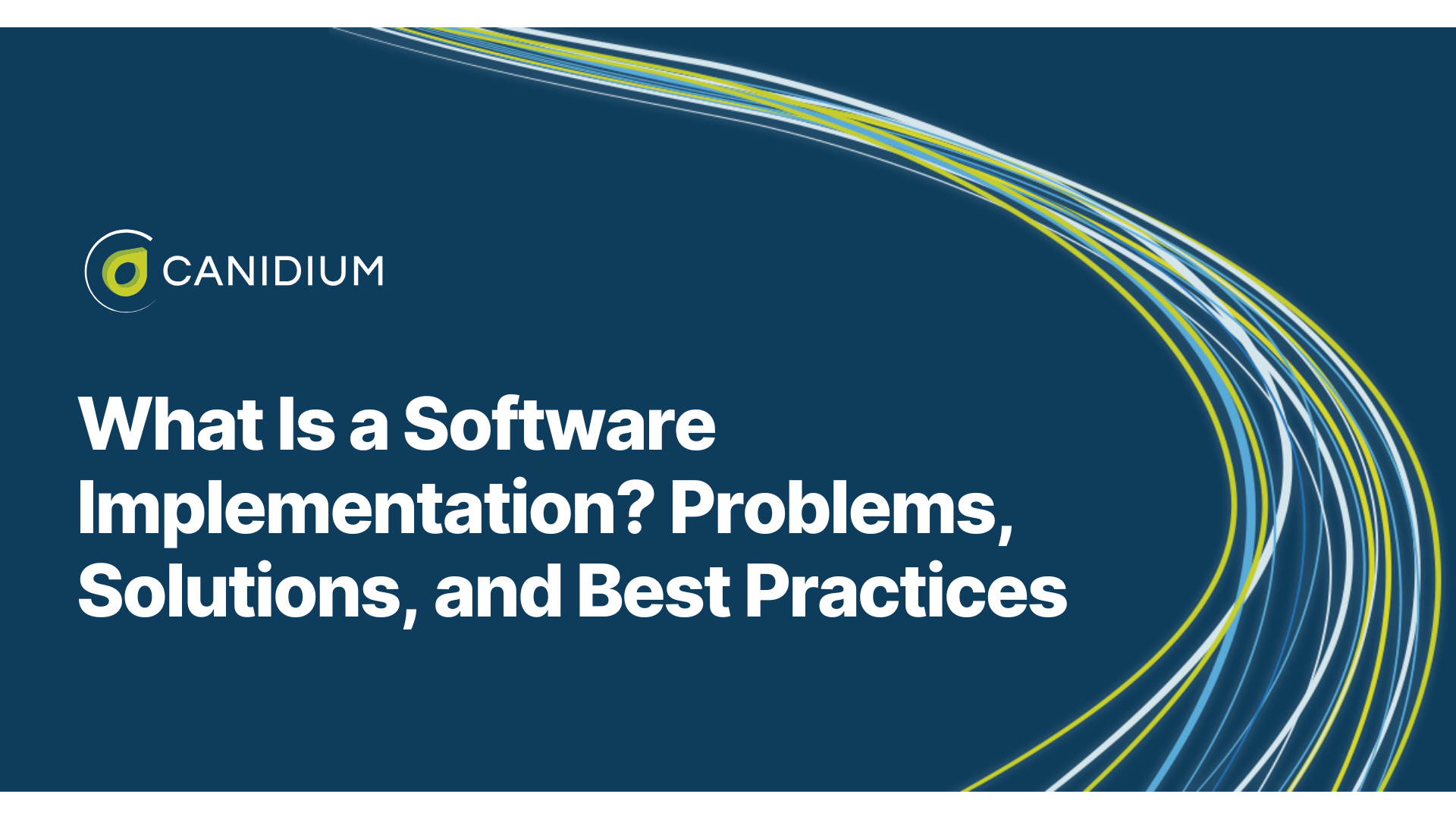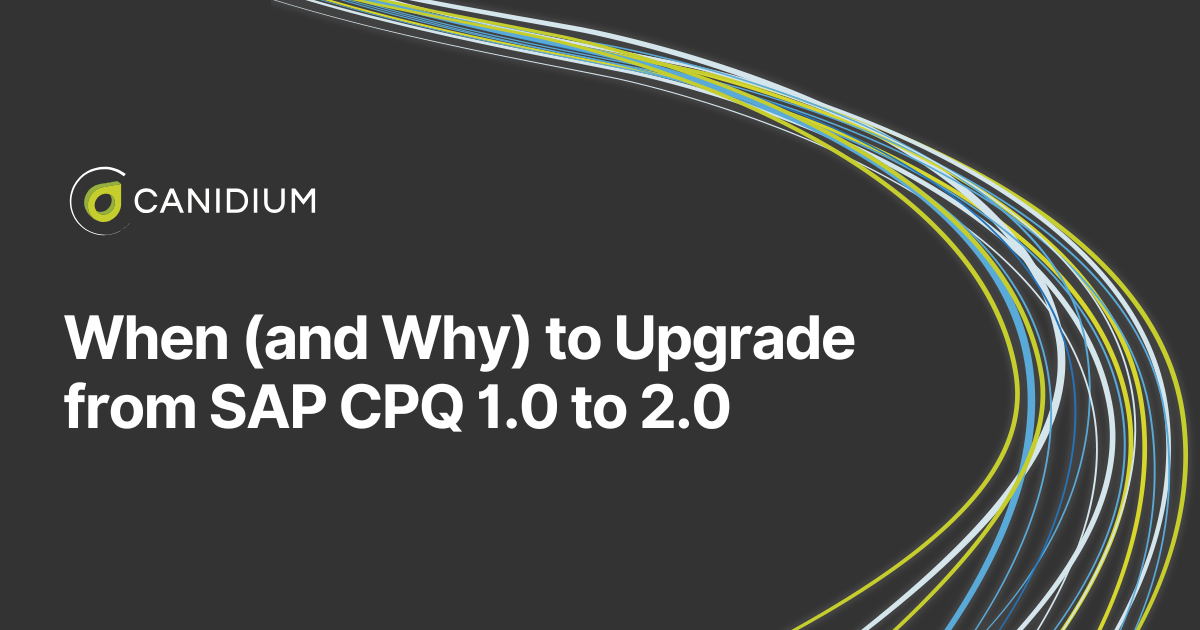Motivated sales teams are the engine of revenue growth. But motivation doesn't just happen—it's engineered through thoughtful strategy, clear goals, and well-designed sales incentive plans. Whether you're leading a growing sales team or managing an established organization looking to optimize performance, a robust sales incentive strategy can unlock higher productivity and a more engaged sales force.
This article explores what sales incentive plans are with real-world examples, actionable tips for successful implementation, and an explanation of incentive compensation management (ICM) software to scale and simplify the process.
What Is a Sales Incentive Plan?
A sales incentive plan is a structured program designed to encourage specific behaviors or outcomes by offering financial or non-financial rewards. The goal is to align sales reps' actions with business objectives—such as increasing revenue, improving customer retention, or driving sales of strategic products.
Effective plans reward not just top-line performance but also work as powerful motivators for behaviors that contribute to long-term value. They are tailored to company goals, sales roles, and market conditions and often include:
- Quota-based commission rate incentives
- Accelerators for overperformance
- Team bonuses
- Non-cash rewards like travel or recognition
A strong, successful sales incentive plan strikes a balance between simplicity, fairness, and motivational power.
6 Common Examples of Sales Incentive Plans
Different sales roles, customer journeys, and growth strategies call for tailored approaches to sales incentives. Selecting the right plan structure is essential not only for motivating individual reps but also for aligning their day-to-day activities with broader company goals.
These different types of sales incentive planning aren't mutually exclusive. Many organizations combine models—for example, offering tiered commissions with SPIFs or individual commissions alongside team-based bonuses. The key is to ensure alignment with strategic goals and clarity for participants.
Below are six widely used, effective sales incentive plan types, along with real-world examples and guidance on when each is most effective.
-1.png?width=1920&height=1080&name=Canidium%20content%20creation%20process%20(2)-1.png)
1. Commission-Based Plans
Overview:
This is the most straightforward sales incentive model. Reps earn a fixed percentage of the revenue (or gross margin) they generate during the sales process—regardless of whether they hit a specific target or quota. It offers clear, direct motivation to close deals and is often used in environments with fast sales cycles and minimal post-sale responsibilities.
Ideal For:
- High-velocity B2C or SMB sales
- Transactional sales roles
- Organizations with well-established pricing and limited discounting flexibility
Pros:
- Easy to understand and administer
- Strong incentive to close as many deals as possible
- Aligns compensation directly with results
Cons:
- It can create short-term thinking if not balanced with customer success metrics
- It may encourage discounting or risky deals if not well-governed
Example:
A rep earns a 10% commission on every deal closed. If they exceed $100,000 in monthly revenue, the rate increases to 15% for every dollar above that threshold.
2. Quota + Commission Plans
Overview:
With this sales compensation plan, reps only start earning commissions after meeting a minimum performance threshold—usually a monthly, quarterly, or annual quota. It ensures that compensation is tied to both achievement and effort and encourages consistent baseline performance on sales volume and sales revenue before rewarding upside.
Ideal For:
- Mid-market and enterprise B2B sales success
- Roles where ramp-up time or complex deals make pure commission models ineffective
- Companies that need to control costs while incentivizing performance
Pros:
- Prevents payouts on underperformance
- Encourages reps to maintain focus throughout the sales cycle
- Scales easily across teams with varying responsibilities
Cons:
- May demotivate sales reps who struggle early in the period
- Can lead to sandbagging if not monitored
Example:
A sales rep must hit a $50,000 monthly quota. Once they reach it, they earn an 8% commission on all additional revenue generated that month.
3. Tiered Commission Plans
Overview:
Tiered structures reward increasing levels of achievement with progressively higher commission rates. This approach is particularly effective at motivating top performers, pushing reps to surpass their targets through healthy competition, and preventing complacency once quotas are hit.
Ideal For:
- Competitive sales teams
- Environments with high variability in deal size or volume
- Organizations looking to drive aggressive revenue growth
Pros:
- Encourages overperformance and continuous improvement
- Creates stretch goals without enforcing quotas
- Appeals to high achievers
Cons:
- It can be harder to administer without automation
- May overcompensate a few high performers if poorly modeled
Example:
- 5% commission for monthly sales up to $50K
- 7% for sales between $50K and $100K
- 10% for sales above $100K
Reps see clear financial benefits to pushing beyond basic expectations, making this a powerful driver of peak performance.
4. SPIFs (Sales Performance Incentive Funds)
Overview:
SPIFs are short-term, targeted bonuses designed to encourage specific sales activities or behavior. These plans run parallel to the primary compensation structure and are often used as a sales incentive scheme for product launches, seasonal pushes, or to correct sales behavior.
Ideal For:
- Promoting new or strategic products
- Driving attention to lagging territories or verticals
- Temporary alignment of sales targets with marketing campaigns
Pros:
- Quick to implement and highly flexible
- Focuses sales representative attention on short-term goals
- Can drive rapid behavioral change
Cons:
- May distract from core performance metrics
- Risk of becoming expected or overused
Example:
A company launches a new SaaS product in Q3. Reps receive a $500 bonus for every deal closed that includes the new product before quarter end. This sales incentive program quickly incentivizes reps to pitch the new solution and learn its value proposition.
5. Team-Based Incentives
Overview:
Team-based plans reward collective performance, creating a sense of shared accountability and promoting cross-functional collaboration to support common business goals and collective long-term growth. These are particularly effective in complex B2B sales environments or matrixed organizations.
Ideal For:
- Sales teams with shared territories or accounts
- Collaborative environments like channel sales or strategic account management
- Organizations that prioritize teamwork over individual competition
Pros:
- Builds camaraderie and trust through profit sharing
- Reduces internal competition and hoarding of leads
- Encourages knowledge sharing and coaching to improve individual performance and avoid common pitfalls
Cons:
- Top performers may feel underserved if others underdeliver
- Less effective in highly individualized sales roles
Example:
A regional sales team of five reps has a shared quarterly goal of $1.5M in revenue. If they meet or exceed it, a $20,000 bonus pool is divided equally among them—or distributed based on contribution.
6. Activity-Based Bonuses
Overview:
This model rewards the completion of high-value sales talent activities that are known to drive pipeline and future success—such as meetings booked, demos delivered, or follow-ups completed. It's especially common in early-stage sales roles like SDRs, where deal closure is not the primary metric and can foster healthy competition among sales employees.
Ideal For:
- Sales development reps (SDRs)
- Roles with long sales cycles where outcomes take time to materialize
- New reps during onboarding
Pros:
- Reinforces behavior that builds long-term pipeline
- Easy for sales managers to measure with modern CRMs
- Helps reps focus on controllable inputs
Cons:
- It may not directly tie to revenue target outcomes
- Risk of "activity for activity's sake" if goals aren't quality-driven
Example:
An SDR earns a $100 bonus for every 20 qualified demos booked per week. Management uses lead conversion metrics to ensure quality standards are upheld.
How to Implement Sales Incentive Plans
Rolling out a successful incentive plan takes more than drafting a spreadsheet and sending an email. Here's how to do it right:
1. Start With Strategic Objectives
Tie incentives and sales contests directly to what the business is trying to achieve. For example, if your focus is recurring revenue, emphasize upselling and retention within your sales compensation plan.
2. Segment by Role
Different sales roles require different metrics and role-specific incentives. Field reps may be measured on bookings, while customer success reps focus on renewals.
3. Use SMART Metrics
Make performance goals and sales targets Specific, Measurable, Achievable, Relevant, and Time-bound.
4. Communicate Early and Often
Clarity is key. Make sure your sales professionals understand how their performance is measured, what they can earn, and how payments will be tracked during the sales process.
5. Model the Financial Impact
Test your sales incentive program against different performance scenarios to ensure it's financially sustainable and doesn't create unintended consequences.
6. Monitor and Iterate
Use performance metric tracking to fine-tune the plan. If a certain component of your overall sales incentive program isn't driving results, adjust accordingly with different types of sales incentives.
Integrating Sales Incentive Compensation Management Software
As incentive plans grow more complex, managing them manually becomes a liability. This is where Sales Incentive Compensation Management (ICM) software becomes essential.
What Is ICM Software?
ICM software automates the calculation, tracking, and payout of sales incentives and key performance indicators. At the same time, it reduces administrative burden, eliminates errors, and gives both reps and leadership real-time visibility into performance via configurable sales reports and dashboards.
Benefits of Using ICM Software
- Accuracy: Automated calculations reduce disputes and boost the entire sales team's confidence in your organization.
- Transparency: Dashboards and sales reports allow reps to track progress toward goals and payouts.
- Agility: Easily update plans mid-year or test new sales commissions models.
- Integration: Connects with CRM, ERP, and HRIS systems for streamlined data flow and analytics-based sales incentives.
- Compliance: Ensures regulatory and internal policy alignment for all sales incentive structures.
Leading Solutions
Platforms like SAP Commissions, Xactly, Varicent, and Pricefx (via partnerships with SI experts like Canidium) offer robust features tailored for complex enterprise needs.
Implementation Tips
- Involve sales, finance, and HR from the start.
- Start with a phased rollout for high-impact teams.
- Ensure clean and consistent data sources for commissions.
- Use historical data to test your logic before going live.
Leverage Expert Guidance on Compensation Plans for Long-Term Success
Designing a great incentive plan isn't a one-and-done project. It requires a strategic mindset, cross-functional collaboration, and continuous optimization. Here are a few tips from seasoned sales operations leaders:
- Align with business strategy, not just sales goals.
- Avoid overly complex plans that confuse reps during the sales process.
- Include qualitative feedback from reps in your incentive rewards plan review cycle.
- Invest in the right tools early—it pays off in trust and efficiency.
With the right plan in place and the systems to support it, you'll empower your sales team to perform at their highest potential—while ensuring your compensation strategy fuels sustainable growth.


